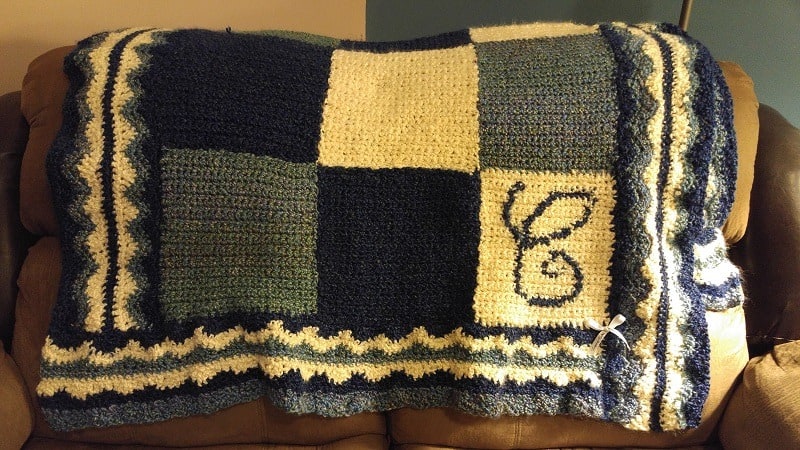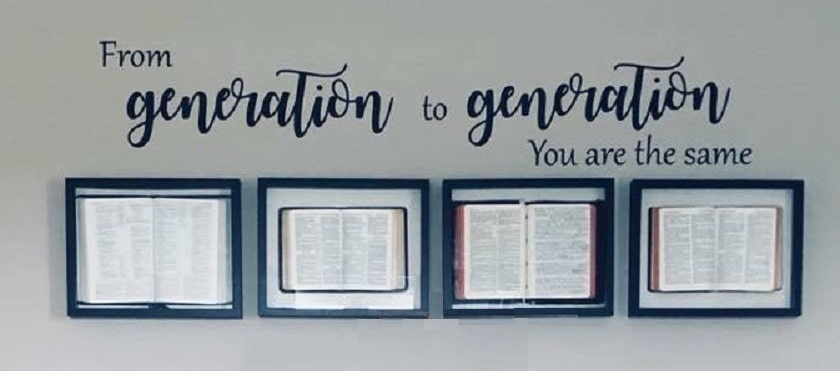A Great home project from my sister, Kandy
I saw this project a while ago and thought it would be perfect for the round end table that a friend gave me. The top was a little rough, so I imagined it would be a good place to try! The table was free and if I messed it up, no big loss.
I watched a YouTube video of someone doing this project. She really did not do a very good job, so I was a little discouraged about the idea. But finally, I gave in, went to the bank and got $5 worth of pennies. Not enough, so I got $5 more. I spent several hours playing with how to arrange them, and then came across some old foreign coins we had. I liked the idea of the bright copper and thought that the inner circle would be interesting with the foreign coins.
Getting the SUpplies
It was recommended to glue down the pennies, which I did with a glue stick. Starting from the outer edge I made perfect circles toward the center. I also learned that instead of applying glue to each penny, it was faster to swipe the glue stick directly on the table and slide the pennies into place. I was surprised at how close it all worked out. Then I arranged the foreign coins into an interesting pattern with large and small coins. All glued down. This took a couple hours one evening.
I purchased the epoxy from Amazon – Crystal Clear Epoxy Resin and Hardener. {affiliate link} I bought this in July so you can see it took me a while to work up to the project!
Let’s Give it a Try
Finally, after reading all the instructions several times… I was ready to begin. They suggested a sealer coat first, especially if you were adding things like coins on the top. This helps prevent air bubbles around all the surfaces. You can use some of the epoxy, or something like polyurethane. I was afraid to use too much epoxy and not have enough to cover the table (24” round), so I went with the polyurethane.
A nice coat of that and wait 4 hours.
Then you mix the resin with the hardener and stir, not whip. (Another challenge was wondering what type of bowl to use. I was afraid to use a glass bowl/pitcher because I didn’t know if it would be ruined. I settled on a medium round Ziploc-type bowl that I disposed of when I finished.) You don’t want air bubbles. Stir about 4-5 minutes until it’s clear and then start to pour. I poured at the center of the table and let it run toward the edge. (The epoxy at this point is like Karo syrup.) They suggested using a rubber squeegee (I used a hard plastic paint scraper) to pull the epoxy toward the edges. Then let it sit and settle. They said not to worry about drips off the edges, that they could be sanded down after it dried. I brushed the edges for a while to spread the drips (with a foam brush). Much was written about air bubbles and making them pop with a butane lighter or hair dryer. However, no air bubbles materialized.
Let It Dry Again
Then let it be. Wait 12 hours.
Voila!! The next morning it was smooth as glass, no imperfections, no air bubbles.
Go to her webpage for pictures and a few other notes on procedures.
-Originally published on Kandy’s website, Gettin’ Back to my Roots

Kandy Chimento and her husband, Tony, live in Liberty Hill, Texas. They have spent many years in ministry together. Their greatest joys are their two amazing kids; Christa, and Tyler (and his lovely wife, Rebekah), and their two grandsons, Gideon & Jude. Kandy is the Director of Operations at a local Food Pantry & Resource Center, where she enjoys working with the hundreds of volunteers she manages, and the neighbors they assist.




